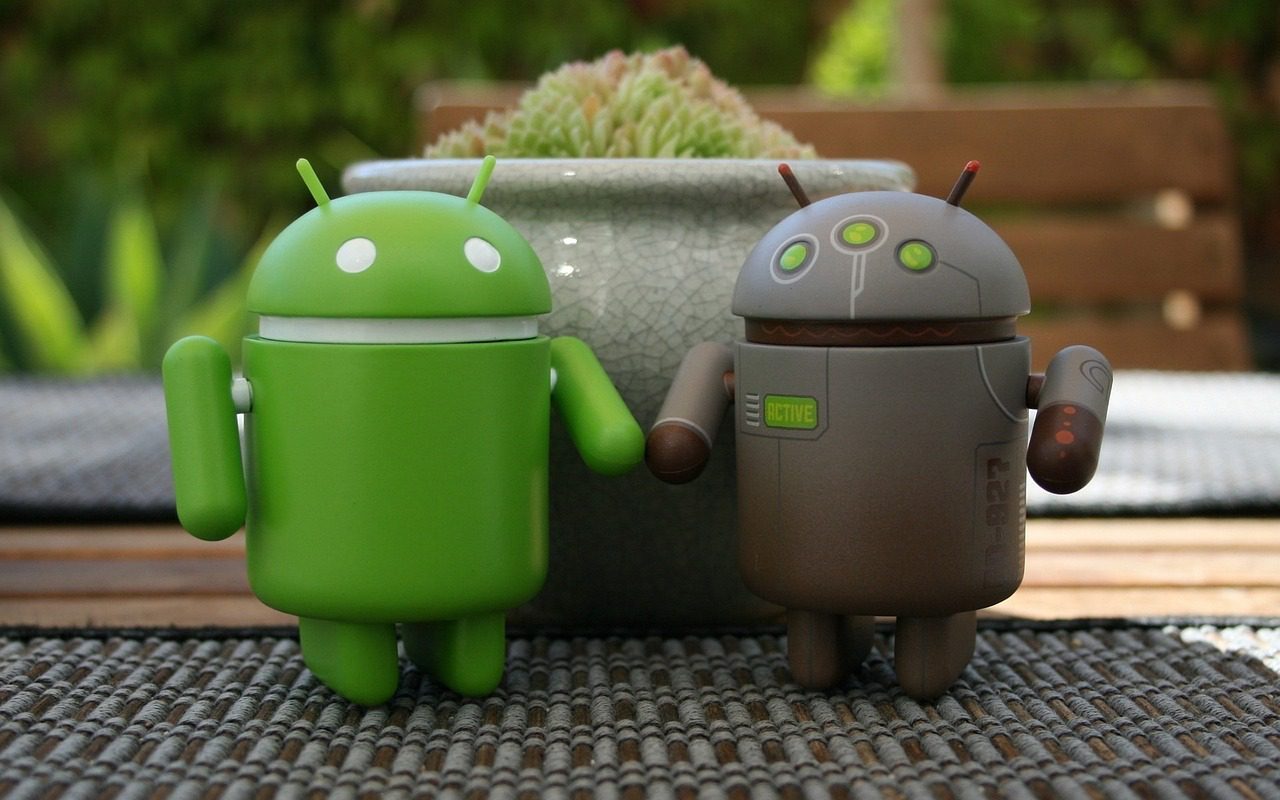Android 13 has been out in stable form since August, and plenty of phone manufacturers want the new version of the mobile operating system running on their devices. Motorola couldn’t possibly miss the opportunity, considering that the company has been pretty active in recent years when it comes to producing new and powerful smartphones.
Motorola didn’t want to prolong the tension too much, as it published a list of its smartphones that will be running Android 13 after the new version of Google’s mobile operating system comes out. Today, GSMArena spotted a forum post containing the enhanced list of Motorola phones that will receive the Android 13 update, as it was replied by an agent from the company.
Motorola phones will receive the Android 13 update in early 2023
‘Select devices’ from Motorola will begin receiving the update in the early months of the next year, which means that all you need to do if you have any of the phones is to wait patiently and keep them connected to a WiFi network.
Here’s the enhanced list in question:
• Motorola Razr (2022)
• Motorola Edge 30 Ultra
• Motorola Edge 30 Pro
• Motorola Edge+ 5G UW (2022)
• Motorola Edge 30 Fusion
• Motorola Edge 30 Neo
• Motorola Edge 30
• Motorola Edge (2022)
• Motorola Edge 20 Pro
• Motorola Edge 20
• Motorola Edge (2021)
• Motorola Edge 20 Lite
• Motorola Moto G Stylus 5G (2022)
• Motorola Moto G 5G
• Motorola Moto G82 5G
• Motorola Moto G72
• Motorola Moto G62 5G
• Motorola Moto G52
• Motorola Moto G42
• Motorola Moto G32
The presence of the Motorola Razr 2022, for instance, surely cannot surprise anyone. It represents the ‘revival’ of a much older Motorola model in modern form. Foldables will probably be the smartphones of the future, and Motorola might have learned that lesson a long time ago.
Motorola Razr 2022 is equipped with a Snapdragon 8+ Gen 1 chipset, 8 to 12GB of RAM, and a Foldable AMOLED display of 6.7 inches and 144Hz for the refresh rate, just to say the least.
The phone is also packed with a dual camera setup that’s capable of a maximum resolution of 50MP due to the wide lens and a maximum quality for the video recording function of 8K@fps. The selfie camera, on the other hand, consists of a single 32MP wide lens and the ability to record video at Full HD quality. Some might complain about the front camera, but it’s still all that you might need if you want to get started in the vlogging business.
What’s new in Android 13
Google surely doesn’t come empty-handed when it comes to the new Android 13 update, and we’re glad to make a little overview of the specs. As soon as smartphones receive the new update of Google’s operating system for mobiles, their apps can benefit from Camera2 APIs, for instamce. This will grant them the possibility to record and preview video content in HDR.
If you like using emojis, there you have another reason to believe that the Android 13 is meant for you! The new COLRv1 format represents the new update for the emoji system that Google brings along with the new Android 13 update. Rendering support is also granted for COLR version 1 fonts because of the update.
Another interesting addition is represented by the predictive back gesture that comes for phones, larger displays, and foldable devices due to the same Android 13 update. Due to the new built-in support for LE Audio, developers will have the privilege of getting the new capabilities at no cost.
Smartphones built by Samsung, Nokia, and other companies are also receiving the new Android 13 update, and there’s no telling when the process will stop. For instance, you can also take a look at our previous article, “Samsung Galaxy M53, S10 Lite, Z Fold 3, and Z Flip 3 Receive the Android 13-Based One UI 5.0 Update”.












Leave a Reply